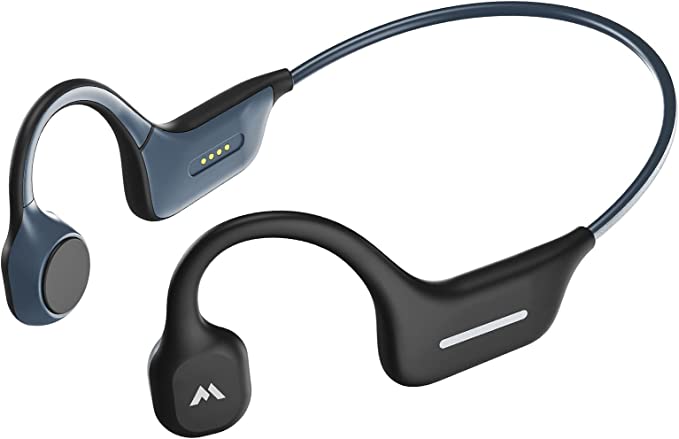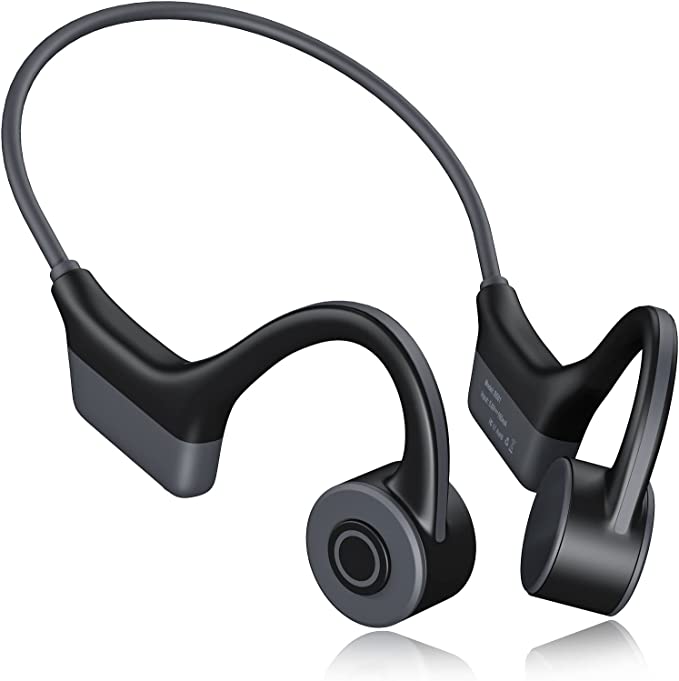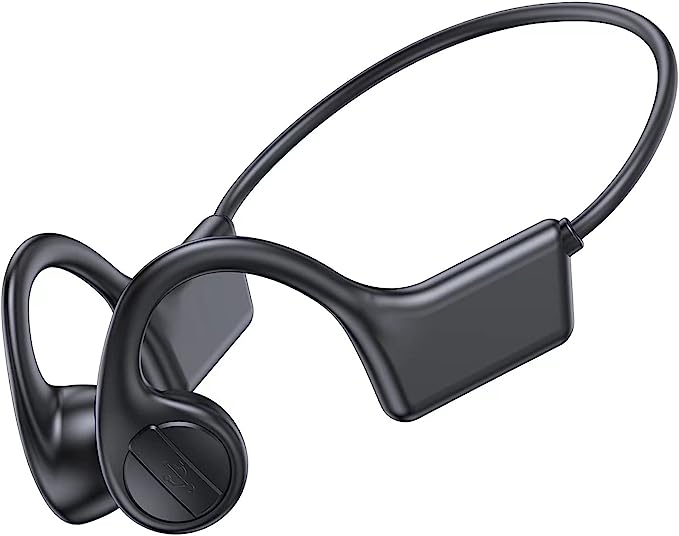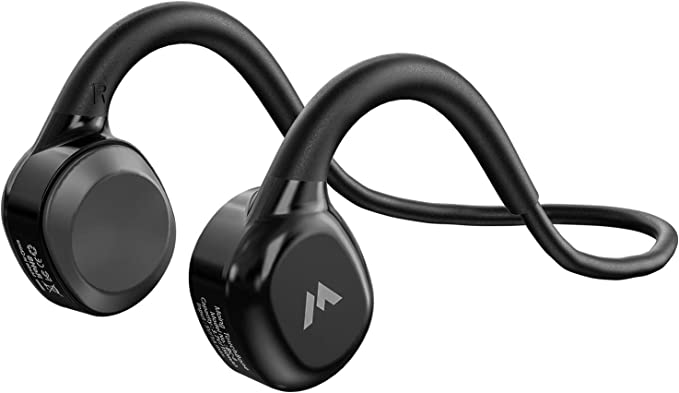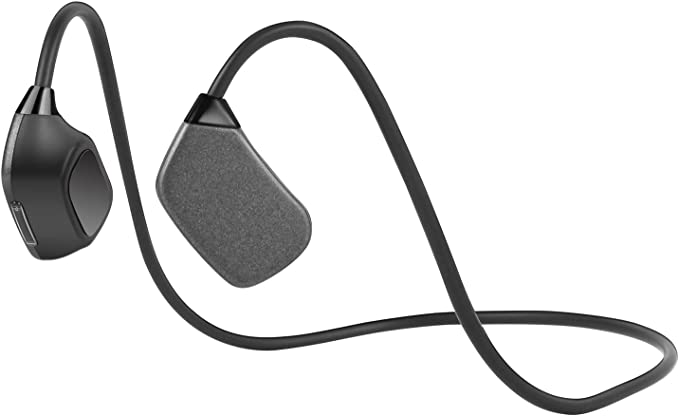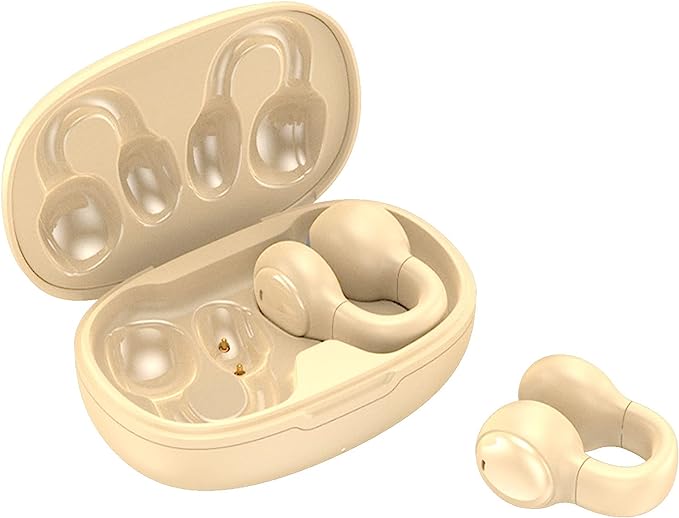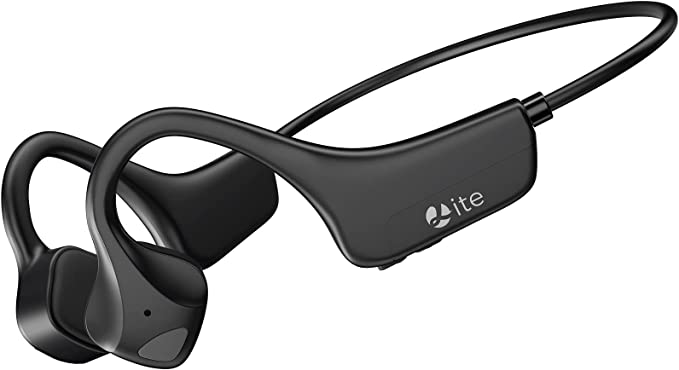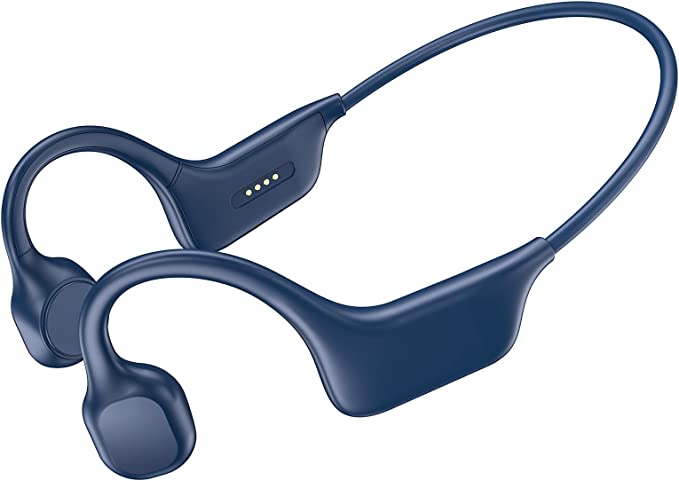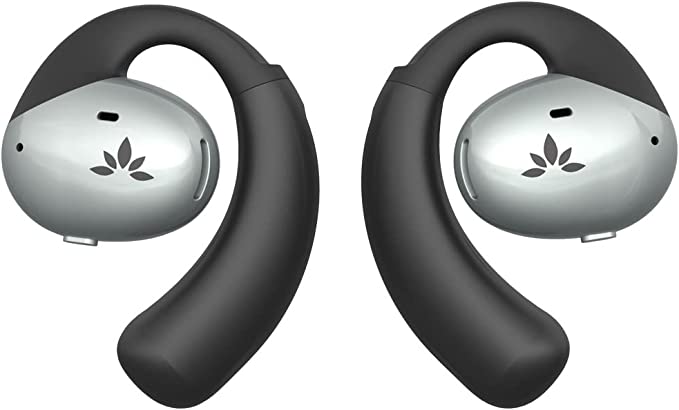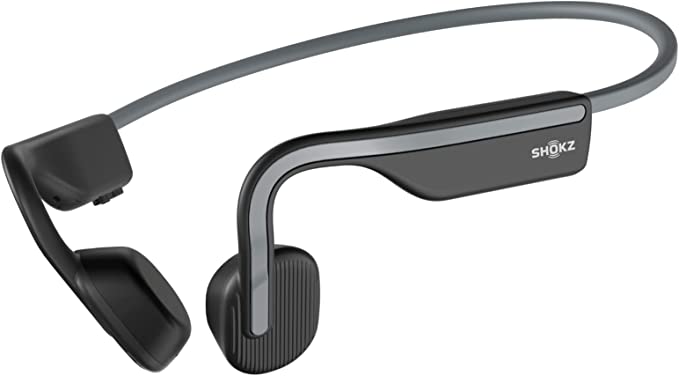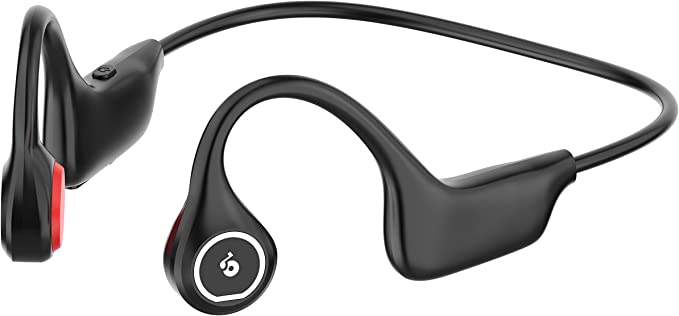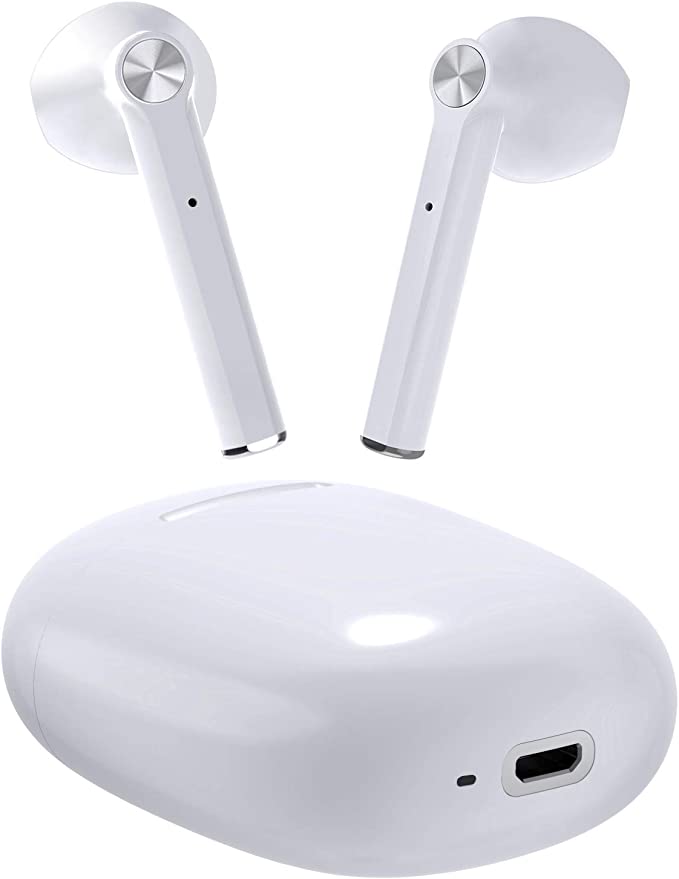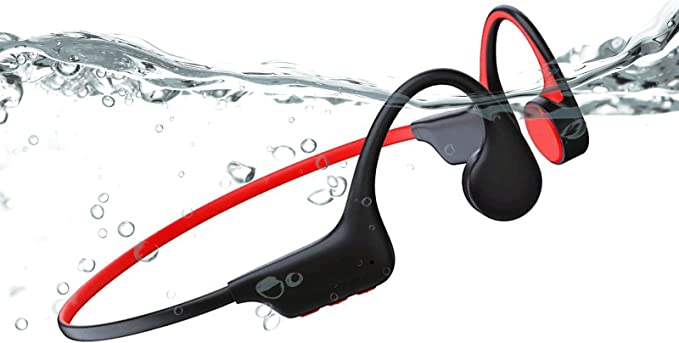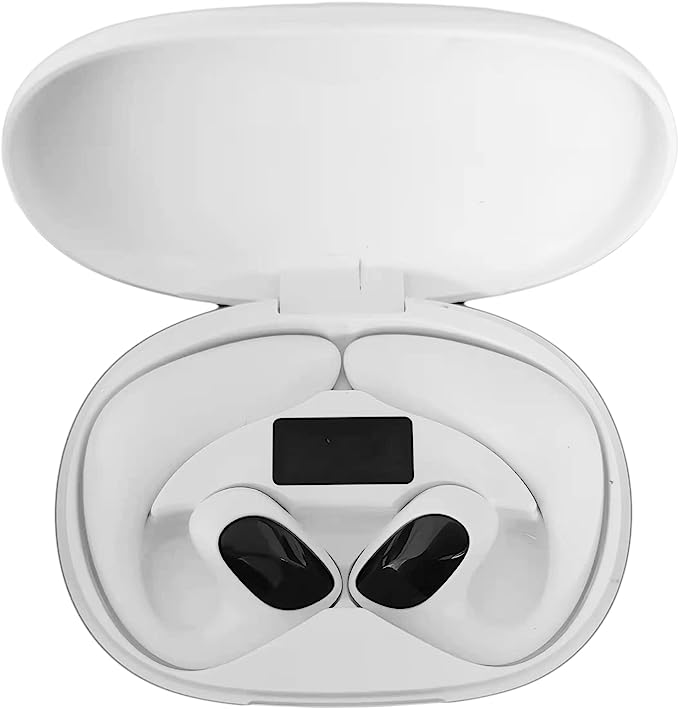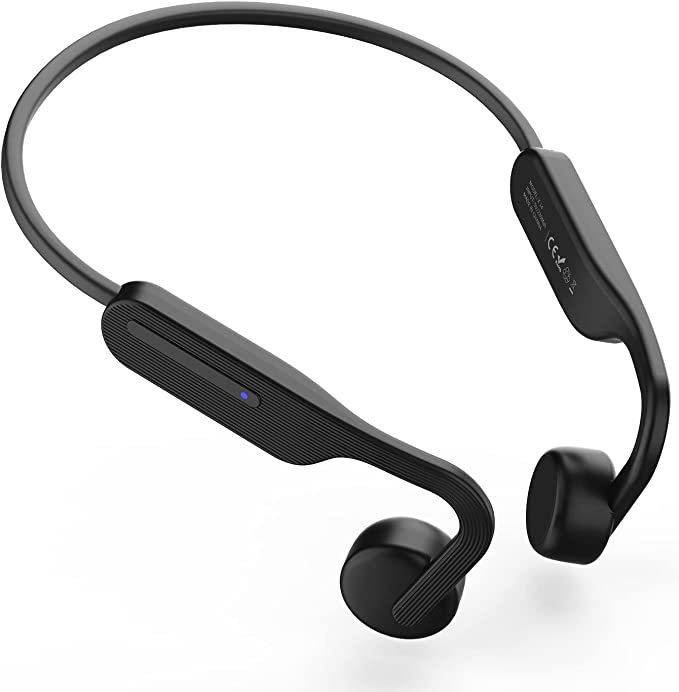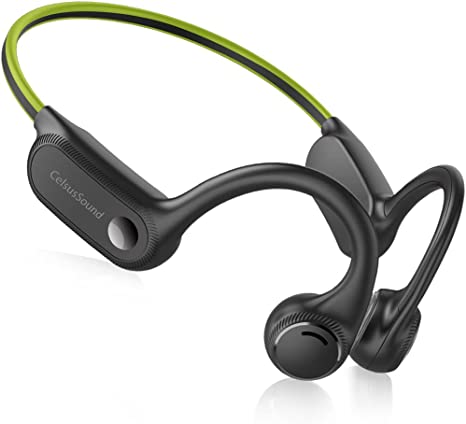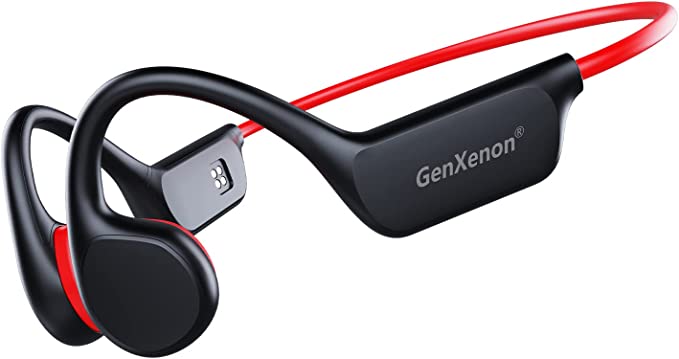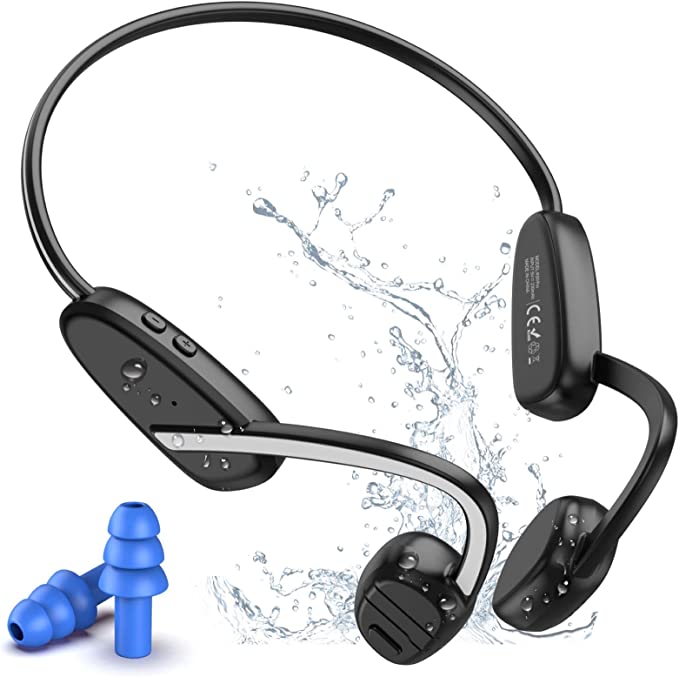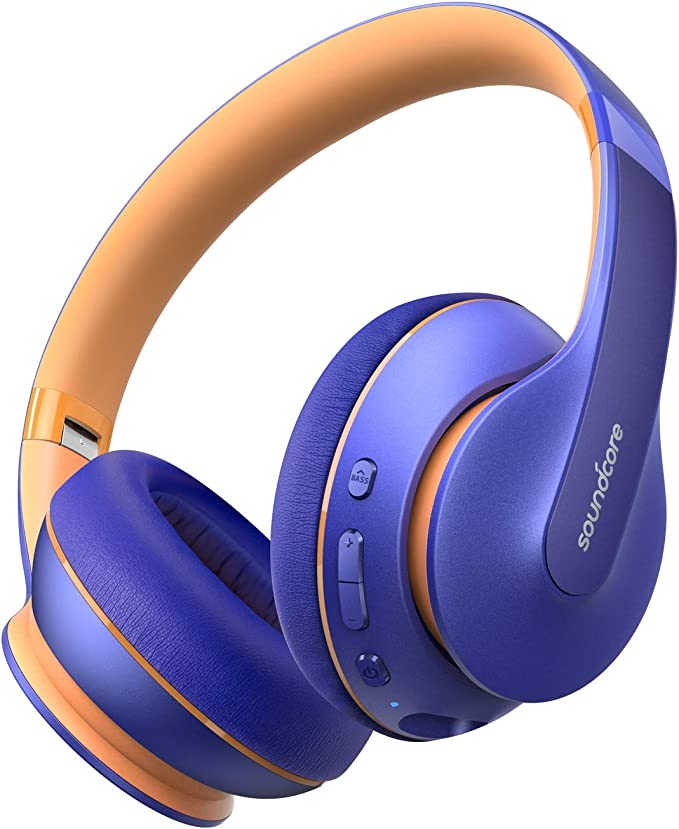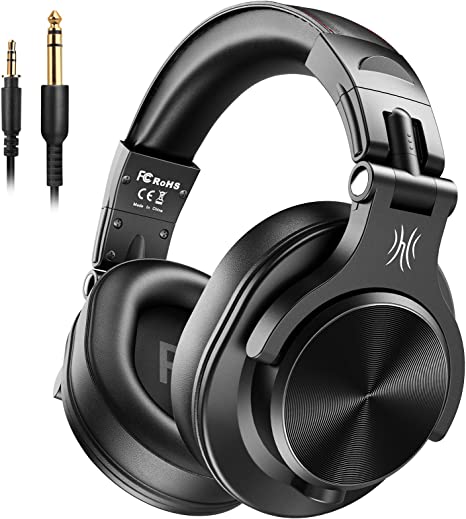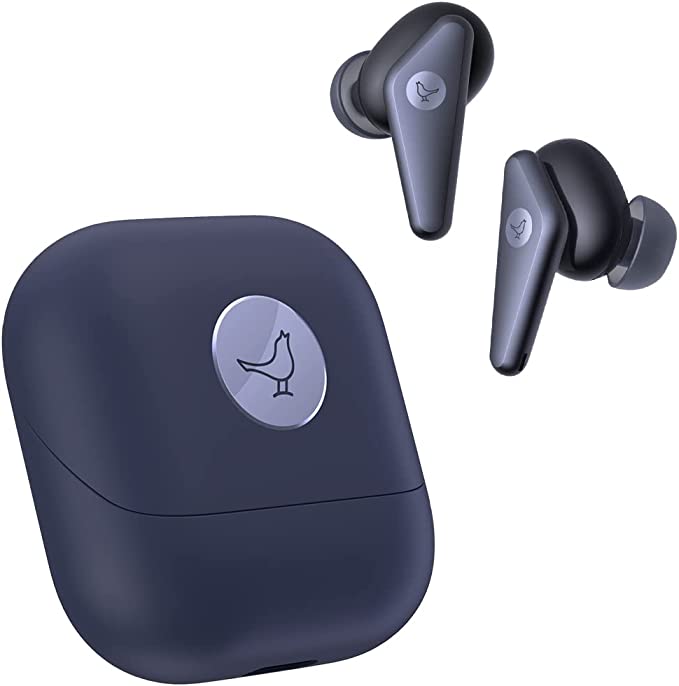The Ghost in the Machine: How Beethoven's Deafness Inspired the Future of Hearing
Update on July 3, 2025, 2:01 p.m.
In the quiet twilight of his life, a titan of music was trapped in a world of silence. Ludwig van Beethoven, the man who composed symphonies that could shake the soul, could no longer hear them. Yet, visitors to his Viennese apartment in the 1820s might have witnessed a strange ritual. The maestro would place one end of a wooden conductor’s rod against the soundboard of his piano and bite down hard on the other. In that moment, through the solid bridge of wood and bone, the glorious vibrations of his own creation would once again flood his mind.
This was not magic. It was a desperate, brilliant act of applied physics, and a ghostly prelude to the audio technology filling our lives today. What Beethoven rediscovered was a fundamental truth about hearing: sound is not just a journey through the air. It has secret pathways. And understanding these paths is the key to solving a very modern dilemma—how to listen to our world without losing ourselves in it.

The Two Rivers of Sound
For most of us, hearing is a single, familiar story. A sound wave, which is simply a vibration traveling through the air, is caught by the funnel of our outer ear. It journeys down the ear canal, rattles the eardrum like a tiny drum skin, and this mechanical energy is transferred by a delicate chain of bones to the fluid-filled, snail-shaped cochlea of the inner ear. Here, the vibrations are finally translated into the electrochemical signals our brain perceives as music, speech, or the rustle of leaves. Think of this as the great, open river of air conduction. It’s the way we hear almost everything, and it’s the principle upon which nearly all traditional headphones are built. By placing tiny speakers in or over our ears, they create their own private sound waves, effectively building a dam that separates the river of our personal audio from the river of the world outside.
But Beethoven, his pathway of air conduction ravaged by deafness, found another route. He tapped into the hidden, subterranean river of bone conduction. By creating a solid, physical link from the piano to his skull, the vibrations bypassed his damaged outer and middle ear entirely. They traveled directly through the bones of his jaw and skull to stimulate the cochlea from the outside in. It’s the same reason your own voice sounds deeper and richer to you than to others; you’re hearing a great deal of it through bone conduction. This second river of sound is a powerful, ancient one, and it flows with a profound lesson: our entire head can be an instrument of hearing.
A Modern Dilemma: The Cacophony of Connection
Flash forward two centuries. Our problem is not Beethoven’s silence, but an overwhelming cacophony. We live in a world saturated with both physical and digital noise. To cope, we build personal soundscapes—a podcast on the morning commute, a high-energy playlist for a city run, a focus-enhancing soundscape in a busy open-plan office. Our headphones have become our personal sanctuaries. Yet, in creating these digital bubbles, we risk a dangerous sensory disconnect. The cyclist you don’t hear, the colleague calling your name, the strange noise your car is making—we filter them out at our peril.
This has created a new engineering quest: can we have both? Can we listen to our personal audio stream without damming the river of reality? This is the promise of the growing category of “open-ear” audio. And within this category, devices like the DQY Q80 Open Ear Headphones serve as a fascinating artifact—a snapshot of one way we’re trying to solve this 21st-century paradox.
Variation on a Theme: The Art of Open-Ear Design
Studying a device like the DQY Q80 reveals the elegant compromises and engineering choices involved in this quest. While marketed with the evocative term “bone conduction,” its physical form—a delicate clip that rests on the outside of the ear rather than a vibrating pad pressed against the cheekbone—suggests it employs a different, though equally clever, strategy.
Instead of creating the mini-earthquake of true bone conduction, it likely uses a refined form of air conduction, sometimes called directional air conduction. Imagine, rather than flooding a room with light, you use a precision spotlight. These headphones use tiny, strategically angled speakers to create a focused beam of sound, guiding it towards the ear canal opening without physically blocking it. It’s less a vibration felt through the bone and more of a private, localized whisper.
Why this choice? It’s a masterful trade-off. While true bone conduction leaves the ear entirely untouched, it can sometimes lack the fidelity of traditional audio, particularly in the lower bass frequencies, and the constant vibration can be fatiguing for some. Directional air conduction, by contrast, can often deliver a richer, more familiar sound profile while still leaving the ear open to perceive its surroundings. It’s a solution that prioritizes audio quality and comfort, accepting a slight deviation from the purist’s definition of bone conduction.
This core design philosophy is supported by a host of unseen pillars. The inclusion of an advanced protocol like Bluetooth 5.3 isn’t just about cutting the cord; it’s about the near-instantaneous connection and low-latency signal that ensures what you see on a screen matches what you hear, a crucial detail for video. The IPX5 rating, defined by the International Electrotechnical Commission as protection against low-pressure water jets, isn’t just a feature; it’s a declaration of resilience against the sweat of a workout or an unexpected drizzle. The ultralight, 0.18-ounce body crafted from soft silicone isn’t just about aesthetics; it’s a commitment to an ergonomic ideal where the technology becomes so comfortable it almost disappears. Each feature serves the central goal: to make the bridge between your two worlds as seamless as possible.
The Brain, Our Final Conductor
Ultimately, the most incredible part of this experience happens not in the device, but within our own minds. When you wear open-ear headphones, you are asking your brain to perform a constant, remarkable balancing act known as the “Cocktail Party Effect.” Your brain must intelligently process and prioritize two distinct audio streams—the podcast you’re focused on, and the ambient tapestry of environmental sound. It must decide which to bring to the forefront of your consciousness and which to relegate to the background.
This is also where the limits of the technology become apparent. In a quiet park, the balance is beautiful. But on a noisy subway platform, the roar of an arriving train will inevitably overwhelm the delicate whisper of your music. Open-ear technology is not a magic wand; it is a tool for integration, and its effectiveness is inherently tied to the environment. It doesn’t eliminate compromise; it simply changes its nature.
Coda: Hearing the Future
From Beethoven’s conductor’s rod to the featherlight clip of a modern earphone, the journey has been a long one. Yet the ambition remains unchanged: to find better ways to channel sound, to navigate our world, and to connect our inner experiences with the reality outside. The evolution of personal audio seems to be arriving at a fascinating turning point. For decades, the holy grail was perfect isolation—pristine, noise-cancelled silence. But now, we are realizing that perhaps the future of hearing is not about building higher walls, but about designing smarter doors.
The technologies we see today are stepping stones. They hint at a future of augmented hearing, where useful digital information is subtly layered over our perception of the real world. As we stand on this threshold, the question Beethoven unknowingly posed two centuries ago echoes with new resonance: what, precisely, do we want to hear, and how do we build the bridges to let that sound in? The composition is still being written.
